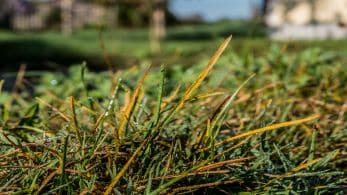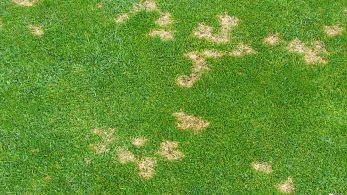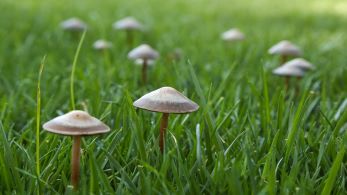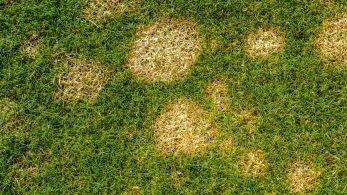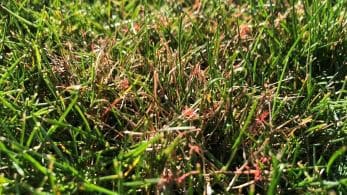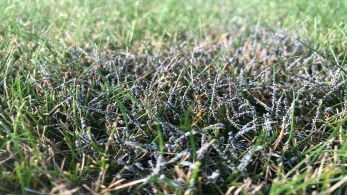Most lawn diseases are caused by fungi and are harmless. They can occur very quickly and can disappear just as quickly when conditions change. Other diseases can cause damage to the grass and while some can be treated, others will cause damage that will need to be repaired. As most lawn diseases are caused by weather conditions there is little that can be done to prevent them. To help reduce the chance of disease occurring, keep your lawn free of thatch and during the summer apply water only in the early morning. This allows the moisture to dry quickly and not sit on the leaf for long periods.
Some of the more common lawn diseases are listed below.



